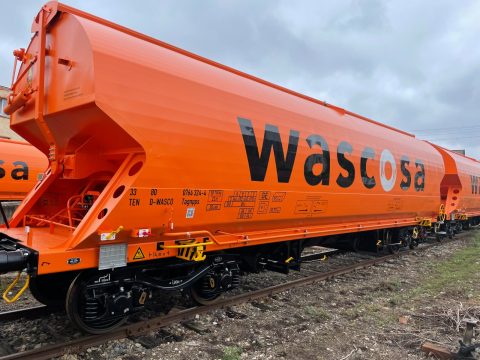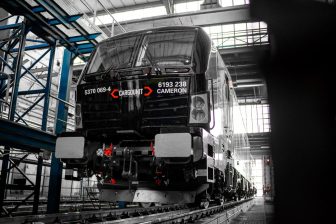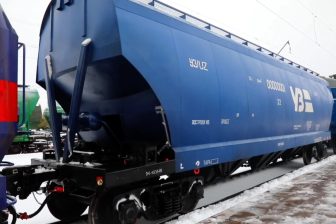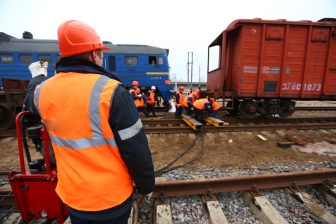
Ferest Rail and Wascosa partner up in wagons mega-deal
Starting in November, Ferest Rail, a rail freight company from Udine, in north-eastern Italy, will be receiving a total of 300 rail freight wagons provided by Wascosa, one of the largest wagons suppliers in Europe based in Switzerland. The wagons will be used by Ferest Rail for their services of transportation of cereals from all around Europe to Italy. The new wagons will allow the company to form trains as heavy as 2,500 tonnes.
Do you want to read the full article?
Thank you for visiting RailFreight.com. Become a member of RailFreight Premium and get full access to all our premium content.
Are you already a member?
Having problems logging in? Call +31(0)10 280 1000 or send an email to customerdesk@promedia.nl.




